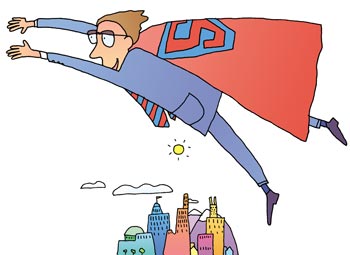Warm-Up for Writing Nonfiction Reviews

Have you ever read something so great that you just had to tell someone else about it? Writing a nonfiction review gives you that chance. In this unit, you will write a review of a nonfiction book or article you have recently read.
Listen to "What Is a Nonfiction Review?"
Hide audio
What Is a Nonfiction Review?
A nonfiction review gives just enough information about a book or article to help another reader decide whether or not to read the whole thing. Nonfiction is another word for "true story," so a nonfiction review focuses on a work about real people, places, events, or information. Some examples of nonfiction include biographies, autobiographies, diary entries, historical documents, online news stories, textbook chapters, and newspaper and magazine articles.
A review not only describes what the story is about but also what you think about it and why. The reading and writing activities in this unit will help you create an effective review of a nonfiction text (without spoiling the ending). Afterward, you can share what you've written with your friends and classmates. Who knows, your review might influence what they choose to read next!
Thinking About Nonfiction
Writing a great nonfiction review begins with close reading. To read closely, remember SQ3R—Survey, Question, Read, Recite, Review. This reading strategy will help you identify the key elements of nonfiction: title, author, headings, images, graphics, main idea, beginnings, endings, and supporting details.
Survey, question, and read.
Use these instructions to closely read the following nonfiction article. (Download and print a PDF of the article to make your annotations.)
- Survey the text: Highlight the title, author, and headings.
- Question the topic and purpose: Write comments on the document.
- Read the text: Underline the main idea. (Hint: The main idea is usually located in the first few paragraphs.)